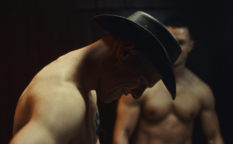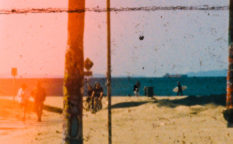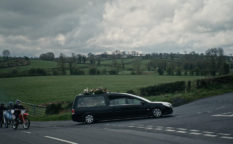Programme overview: Vienna Shorts Austrian Competition 3 – Are You Receiving Me?
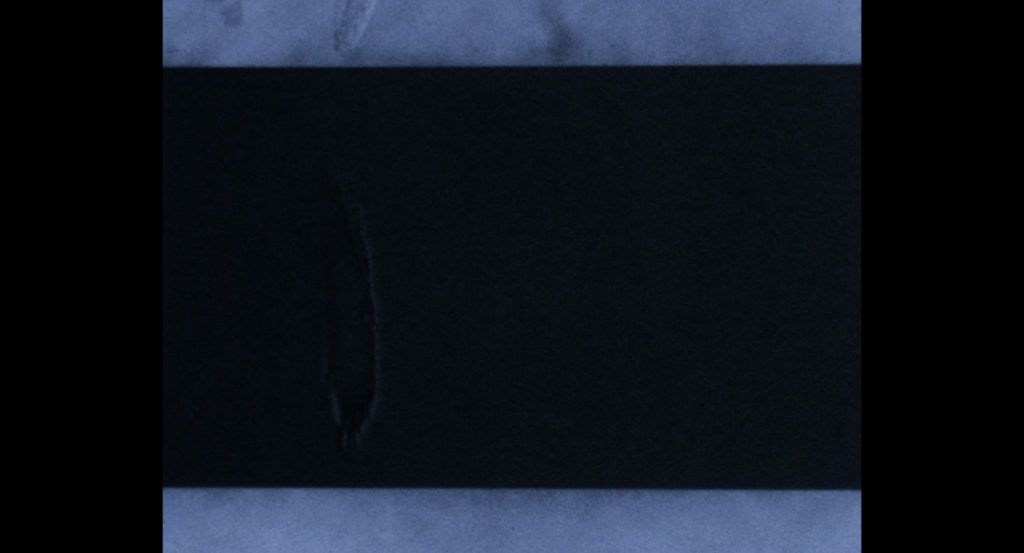
Film still from ‘Dissolution Prologue (Extended Version)’ by Siegfried A. Fruhauf. Courtesy of Sixpackfilm 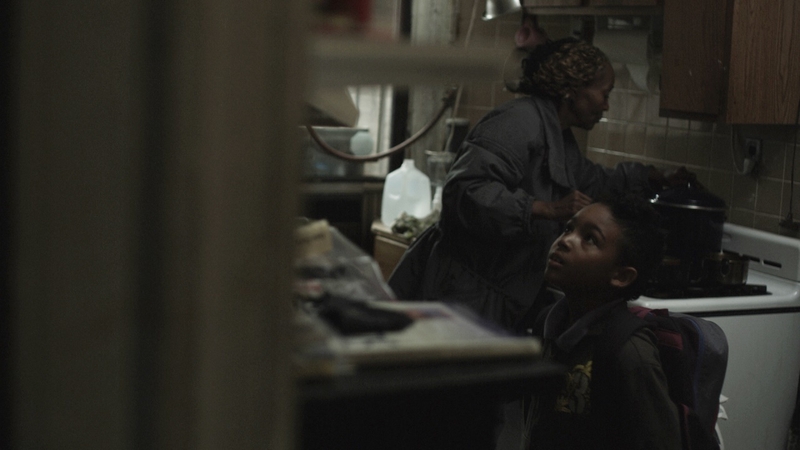
Film still from Aksel Stasny’s ‘Invisibles’. Courtesy of Vienna Shorts
In order to find our place in the world, or to make peace with the place where we are at, some level of understanding has to be reached. We need to “get” and “be gotten”, to “receive” and be “received”. The third segment of the Austrian national competition at Vienna Shorts is titled Are You Receiving Me? and the communication (“reception”) between a person and a place, particular or abstract, as one of the steps on the way to the acceptance, certainly serves as one of the common topics between the six films screened in the slot. The title could also be seen as a message towards the audience sent by the Austrian short film scene as an imaginary entity, since this collection also serves as a showcase of the Austrian short film scene diversity, technique- and genre-wise.
Let us start with the most technical, most abstract and most cryptic title of the bunch, Siegfried A. Fruhauf’s Dissolution Prologue (Extended Version). It is a completely experimental film that deals with the pure forms of sight (geometrical forms in monochrome) and sound (8-bit). The visual and auditive noise is arranged as something that could be seen as a music video clip for an 8-bit / “NintendoCore” song accompanied by the fitting visuals in black, white, grey and blue that channel the memories to the era of Commodore, Amiga and PC XT computers.
Another experimental and quite technical film is Markus Maicher’s Into the Wild, but the difference is that the technique is analogue and the place quite concrete. It was filmed on Bolex, with no sound at all, and the place is the Canadian wilderness. The artist behind it, apart from trying to master the old-school analogue techniques, is also trying to understand the place and to formulate even the most basic thoughts of it.
On the other hand, Marzieh Emadi and Sina Saadat are taking us to an imaginary realm with their experimental animation There Is, Indeed, the Unspeakable. At first it seems that it will be also all about the form, the cubes the characters are coming in and out from, but after a brief prologue, it gets refreshingly concrete, narrative-wise. A retro-futurist rounded cube appears in the clear in the middle of the woods and a sharply dressed man from the early 20th century comes out of it. Albeit there is no dialogue whatsoever, the questions arise themselves: are we capable of understanding the past and the present, or are we aliens to ourselves and the nature? Chained and anchored to the electrical socket, once the cord gets pulled out, the blood gets spilled and the screen turns red. Philosophy, animation, experimental filmmaking and surrealism blend in the finest of the ways.
Sometimes the situation that needs an effort towards understanding and acceptance of the change occurs in a low-key fashion and close to home. That is the case with Julia Reitter’s short In the Inner Circle. The cause for the change is shrouded in mystery, but the fact is that a new worker arrives to a secluded ranch to take care of the horses. She and the daughter are about the same age, so the daughter is tasked to show her the ropes and fill her in about the training and the needs of all 20 horses there. However, the two women show differences in character, and the sense is that the daughter has yet to make peace with herself and the change that is about to occur. Julia Reiter takes her precious time to build up the tense, uneasy atmosphere in an immersive experience of a short film.
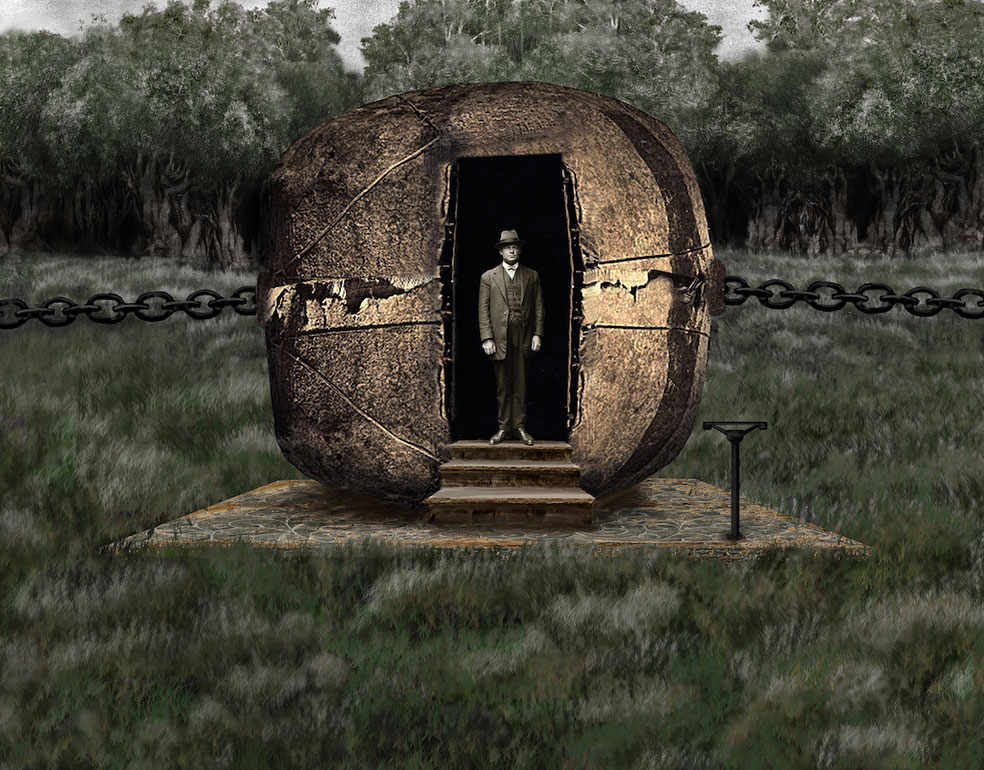
Marzieh Emadi and Sina Saadat’s ‘There Is, Indeed, the Unspeakable‘. Courtesy of Sixpackfilm 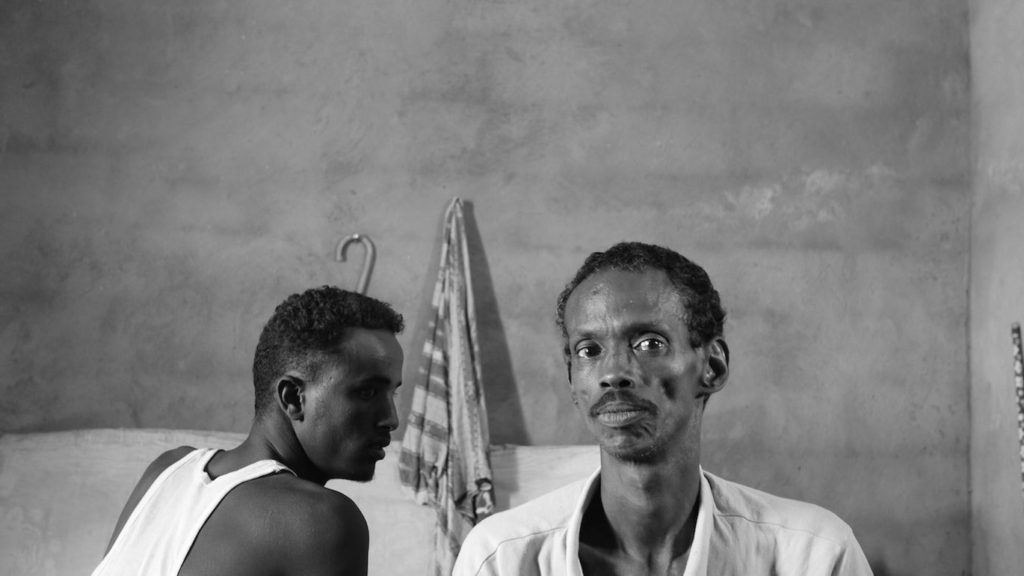
‘Life on The Horn’ by Mo Harawe. Courtesy of Sixpackfilm
Mo Harawe’s Life on the Horn is, however, about a beginning of a journey. The journey actually does not commence with the first step, but with a decision to stay and leave based on a number of factors. A young man lives with his father somewhere near the beach in Somalia and some kind of peril is about to hit them. Some neighbours are already leaving, another neighbour is set on finishing his new house even though his workers have left. The father does not want to leave the place, while the son cannot leave his ageing and ailing father. The decision is about to be made in a natural order of things. Harawe’s decision to shoot the film in black and white turned out to be the right one, giving the Life on the Horn a festival-friendly artsy look while emphasizing on the anxiety preceding the decision.
If Life on the Horn is the beginning of the journey, than Invisibles, directed by Axel Stasny, is set after the predicted “end of the line”. The grandma and the grandson that are the protagonists in Stasny’s film are certainly homeless and quite possible the illegal immigrants in New York City. She has to find work to support the two of them, but also to find the place where the boy can be while she is working. An opportunity arises in squatting a back room of a closed store, but the room is already squatted by an elderly man. In order to find their place under the sun, the moon and the bright lights of a big city, they must find the common ground between themselves and those alike them. Indeed, the acceptance can be reached by the means of clear reception.

